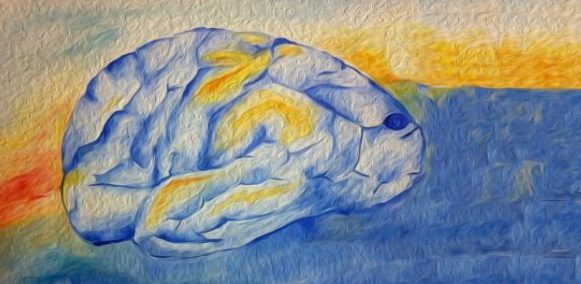Theoretical neuroscience
Theory of spike initiation, sensory systems, autonomous behavior, epistemology
Editor Romain Brette
Autopoiesis: The organization of living systems, its characterization and a model (1974)
F.G. Varela, H.R. Maturana, R. Uribe
DOI: 10.1016/0303-2647(74)90031-8 PubMed: 4407425
This is a classic in theoretical biology. These days in neuroscience, there is some discussion about the « necessary and sufficient » methodology that pervades the field (see previous entries in this journal). That is, function is attributed to a component of the system, on the basis that its stimulation leads to a particular behavior that disappears when the component is suppressed. This neglects the fact that the observed behavior depends on the component being part of a system. No brain area exhibits any behavior by itself. In fact, no brain exhibits any behavior by itself.
These remarks also apply to the very definition of life. Life is often colloquially defined as the ability of an entity to reproduce. But this can’t be true, for what then distinguishes an aged infertile individual from a dead individual? It is a definition of life that makes no meaningful distinction between life and death. Instead, Varela et al. ask the following question : « instead of asking what makes a living system reproduce, we ask what is the organization reproduced when a living system gives origin to another living unity? » and this organization is the autopoeitic organization : a system of interactions whose result is to produce this same system (roughly).
Most of the proteins in neurons and glia, for example, have a turn-over rate of a few days (Dörrbaum et al., 2018). Yet you seem to be the same individual as a week before. Now scientists are discovering that synapses change at a very rapid rate too. How is that consistent with the persistence of memories over decades, or over a week? According to autopoeisis theory, it is the general organization that remains invariant, but not the individual components that compose it. This paper is an inspiration for thinking about biology in terms of systems.
